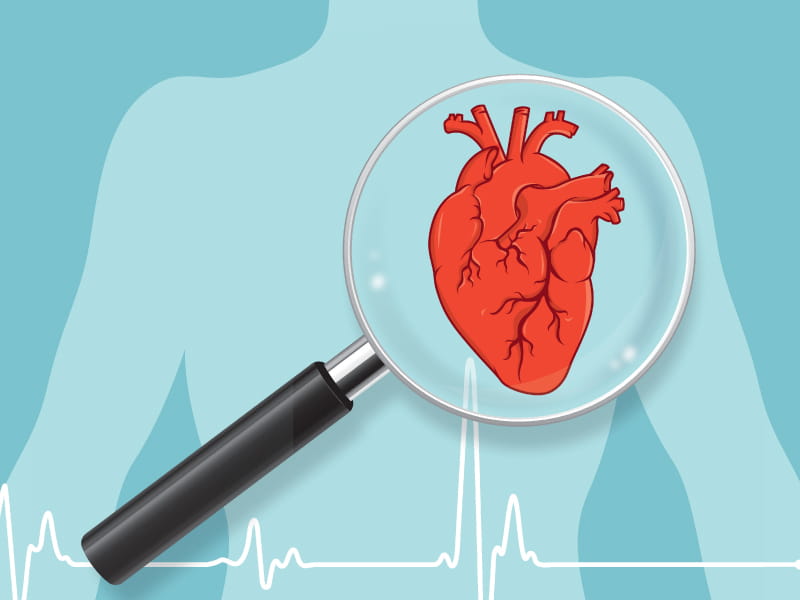June 4 (Punjab Khabarnama) : Everybody dreads a heart attack but is heart disease like a lottery or a card game gone bad that can strike anybody? Can you actually predict your chances of cardiovascular disease risk and most importantly, can you fix the game and reduce your risk?
Medical science talks of risk factors which determine your chances of having heart disease. The good news is that many of these risk factors are reversible, improving them is possible and it will certainly reduce your risk.
In an interview with reporter, Dr Rajiv Agarwal, MD, DM Cardiology, Principal Director – Cardiology at Max Smart Superspeciality Hospital in New Delhi’s Saket, shared, “The World Health Organization, based on lots of research, says that healthy lifestyle can prevent 80% of heart attacks. The American Heart Association talks of the Essential Eight factors towards a healthy heart, all of which are easily measured. They include 4 behaviours viz. healthy diet, no smoking or tobacco, regular exercise and quality sleep. Add to these 4 measurements including blood pressure, blood sugar, serum lipids and body weight for height.”
He revealed, “Based on this you can predict 80% of your risk and even find ways to reduce the risk by correcting these factors but we can go a step further and predict our 10 year risk of having a heart attack. (30 year risk for younger people). Online calculators available today use simple measures like age, gender, family history, diabetes, smoking, weight, blood pressure and other factors. This medical kundali is based on the data of thousands of patients, is surprisingly accurate for the group and can lead to treatment advice when the risk is high. Remember, that it cannot accurately predict the fate of a single individual only the risk. Isn’t that how insurance works?”
Dr Rajiv Agarwal explained, “Although available today from Western sources, these calculators are quite accurate even for Indians. The British calculator Qrisk3.org is available on your mobile phone and even asks and corrects for South Asian ancestry. Regular health checks especially after the age of 40 years, can allow this risk assessment to be done professionally and in a cost effective manner, By detecting disease even before symptoms appear, it may save lives. The doctor may recommend various remedies including better lifestyle, medicines and even further tests like CT scan of the heart or inflammatory blood markers like C reactive protein CRP. Heart disease is not inevitable. So improve your chances of winning life’s card game. This will “add years to your life” and also “add life to your years”.”
Bringing his expertise to the same, Arindam Sen, CEO and Director at Heartnet India in Bangalore, said, “There are several positive signs that suggest your heart is healthy and fit. A healthy resting heart rate falls between 60 and 100 beats per minute. A lower RHR can indicate an efficient heart muscle, pumping enough blood without overexertion. Additionally, maintaining healthy blood pressure, ideally below 120/80mmHg, is crucial for heart health. If your blood pressure is consistently higher or lower than this, you may need to take steps to regulate the same. A healthy heart fuels your body with sufficient oxygenated blood, leading to sustained energy throughout the day. So, if you’re able to perform moderate-intensity physical activity without chest pain, tightness, or difficulty in breathing, it may mean that your cardiovascular system is supplying your body with the oxygen it needs.”
He suggested, “Maintaining regular visits with a primary care physician or a cardiologist is key to monitoring heart health and detecting any problems early. It is also important to go for regular cardiac screening as it helps doctors identify heart disease before it becomes a critical situation. In remote areas with limited specialist availability, telecardiology enables patients to access specialist care without the need to travel long distances. Patients can consult with cardiologists through video conferencing, and their medical records can be shared digitally. Furthermore, patients can use portable devices to record their electrocardiogram readings, which can be transmitted to their healthcare providers for analysis. This allows for cost-effective care, timely intervention and reduces the risk of complications.”

